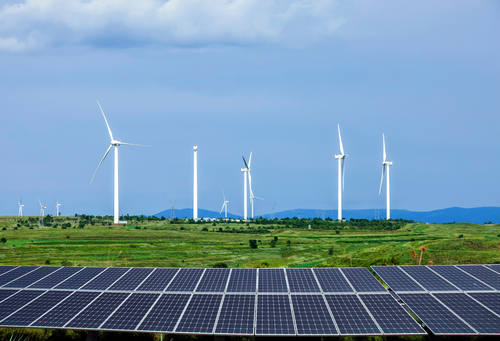Public Service Company of Oklahoma files plan to purchase 999.5 MW of wind farms, solar facilities

In a move to shore up supply in the face of projected demand and counter energy price hikes caused by high natural gas and power prices, the Public Service Company of Oklahoma (PSO) recently filed a plan with state regulators to purchase three wind farms and three solar facilities.
Totaling 999.5 MW of new power, these renewable sources would increase the company’s overall power supply. The sites have already been chosen as well, following a competitive bidding process – all that remains is for the Oklahoma Corporation Commission (OCC) to sign off.
“At PSO, we understand the importance of providing affordable service, and through this plan, we are excited to keep delivering on that commitment to our customers,” Leigh Anne Strahler, PSO president and COO, said. “This investment in fuel-free power is another step in our efforts to shield our customers against high costs while meeting their energy needs.”
By going green, PSO’s latest acquisitions would forego concerns about the fuel price by providing fuel-free power generation. All facilities should be online by the end of 2025. At this point, the company noted that average residential customers could see monthly bill increases of $3.48, or about 2.6 percent higher than they are now.
In all, the company would spend approximately $2.47 billion on the acquisitions. However, it added that customers could save about $1 billion in fuel costs over the next 30 years. It could also insulate customers from sudden spikes in natural gas prices and other purchased power supplies, as experienced during a February 2021 winter storm.
Not all of the facilities would be located in Kansas, although most would. One 265 MW wind farm and a 150 MW solar project will provide power from Texas. Currently, PSO hosts approximately 3,800 MW of generating capacity, including wind and natural gas offerings. The need for such projects, regardless of location, also grew due to new rules from the Southwest Power Pool (SPPR), which now requires utilities on its 14-state grid to provide additional generation capacity to support reliability.
